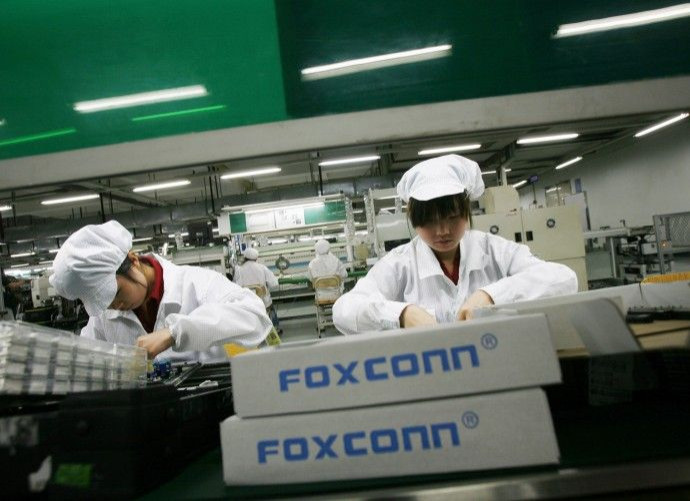Why jobs are going overseas

The production of goods and services through labor -- or jobs, to put it more simply -- are allocated to the most competitive places. Decades ago, the United States had a huge competitive edge over the rest of the world. However, that advantage is slipping away and so are American jobs.
Just after World War II, Europe was in tatters and saddled with debt, Japan was in a similar situation, China and India were stuck with anti-growth policies, and the Soviet Union's planned economy wasn't really a force in the global markets.
Meanwhile, the U.S. was by far the most competitive economy and workforce in the world. America held all the cards: an unscathed post-WWII industrial base, an acknowledged Bretton Woods reserve currency and an educated workforce able to out-innovate any and all competitors, said Bill Gross, co-CIO of investment management firm PIMCO.
Understandably, U.S. policymakers pushed for free trade, the world became a market for superior American goods, and the American economy and labor force prospered.
However, starting in the 1950s, pro-growth economic policies and natural comparative advantages propelled other regions of the world to catch up to -- and in some cases overtake -- the United States in many sectors.
In the 1950s, Europe began to recover strongly, exemplified by West Germany's Wirtschaftswunder, or economic miracle.
In the 1960s, Japan had its own economic miracle, which was centered heavily on promoting exports.
After Japan, several smaller Asian countries adopted similar export-driven models and experienced their own economic booms.
The rise of Europe, Japan, and several smaller Asian countries severely eroded America's advantage in the automobile, electronics, and other key job-providing industries.
Finally, China began economic reforms in the 1980s and India followed in the 1990s. Now, China is becoming the world's factory while India is making impressive strides in the exportable services industry.
Compared to these up-and-coming players, just how uncompetitive is the American labor force?
By many estimates, Chinese labor works for 10 percent or less [of] its American counterparts, said Gross.
This gigantic gap is hard to overcome, especially if the more highly-paid American worker produces an inferior product to boot.
For example, if U.S. politicians resort to laws and policies -- such as tariffs and currency devaluation -- they would need to go far enough to level the playing field by a factor of ten, which may be impossible or preposterous to do.
Of course, as these economies grow, the aggregate wealth of the world increases and so does the number of potential customers for American goods. Some mistakenly think this leads to more American jobs.
This assumption is flawed for two reasons: One, the increased aggregate demand of the world will be met by the most competitive producers, and that's increasingly not to be found in the U.S. Two, many of these countries -- Japan and China, to name a few -- push down their consumption and instead hoard their newly-gained wealth. Moreover, their laws sometimes discriminate against American goods more than America discriminates against theirs.
What should the U.S. do?
Bill Gross said they should focus on the fundamental problem, which is raising the competitiveness of the country. He recommends investing in infrastructure, education, and research and withdrawing from resource-draining foreign wars.
American should make cars, steel, iPads, airplanes, corn – whatever the world wants that [it] can make better and/or cheaper, said Gross.
A second option involves political and financial chicanery: trade and immigration barriers, currency devaluation and military domination of foreign oil-producing nations.
This route is less preferable, would not work as well, but is politically easier and more feasible, said Gross.
Email Hao Li at hao.li@ibtimes.com
© Copyright IBTimes 2024. All rights reserved.











